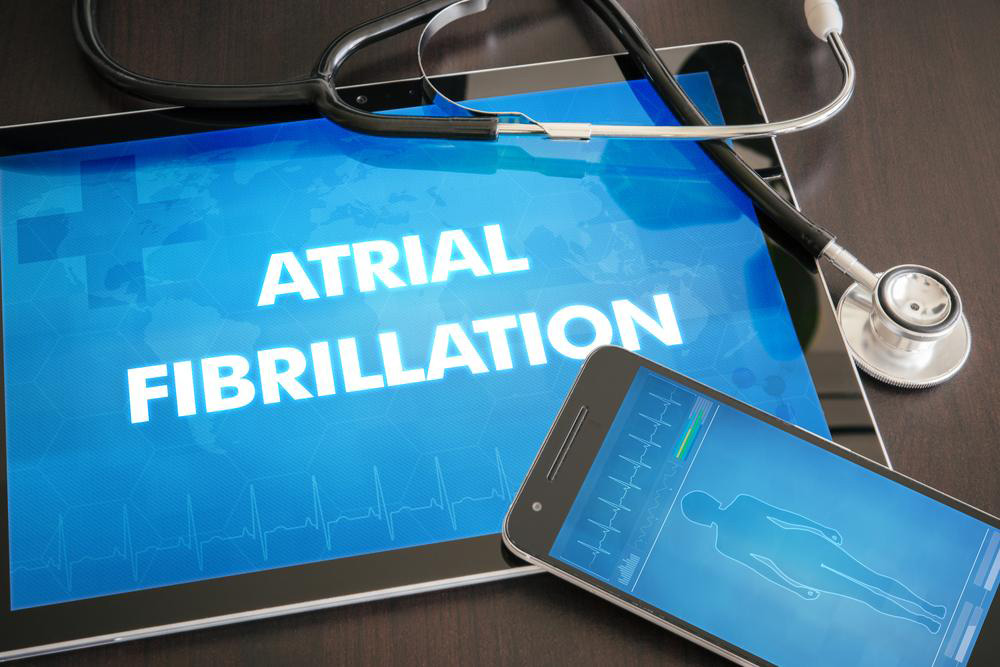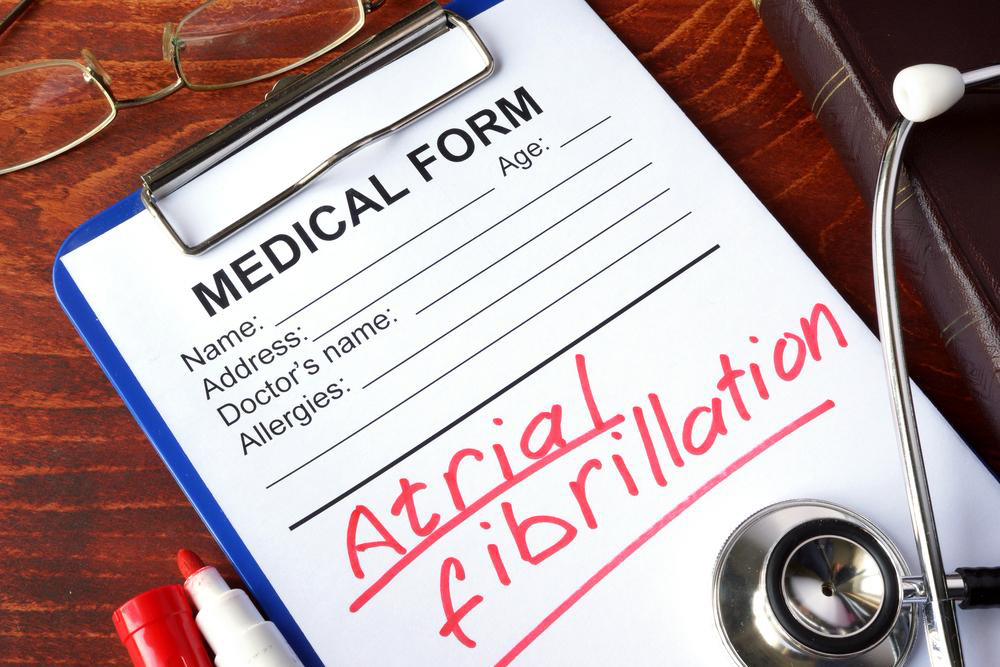Comprehensive Guide to Atrial Fibrillation: Symptoms, Causes, and Treatment Options
This comprehensive article explores atrial fibrillation (AFib), highlighting its symptoms, causes, diagnosis, and latest management strategies. Learn how early detection and treatment can prevent complications like stroke and heart failure. Discover effective lifestyle modifications, medication options, and innovative procedures like catheter ablation and surgical ablation used to control this common heart rhythm disorder. Empower yourself with knowledge to recognize signs early and work with healthcare providers for optimal outcomes in managing AFib.

A Comprehensive Guide to Atrial Fibrillation: Symptoms, Causes, and Treatment Options
Atrial fibrillation, commonly known as AFib, is a prevalent heart rhythm disorder that affects millions of people worldwide. This condition is characterized by an irregular and often rapid heartbeat that can significantly impair the heart’s ability to pump blood efficiently. Understanding AFib is vital as it increases the risk of serious cardiovascular complications, including stroke, heart failure, and other heart-related issues.
AFib occurs when the upper chambers of the heart—the atria—beat out of sync with the lower chambers—ventricles. This asynchronous beating disrupts normal blood flow, leading to blood pooling within the atria. Such pooling can cause blood clots to form, which may travel to other parts of the body, especially the brain, resulting in stroke. Recognizing the signs, understanding the causes, and exploring management strategies are crucial steps in preventing complications and improving quality of life for those affected.
Recognizing the Symptoms of AFib
One of the challenges in diagnosing atrial fibrillation is that its symptoms can be subtle and sometimes go unnoticed. Many individuals may not realize they have AFib until complications arise or during routine medical checkups. Common symptoms associated with AFib include:
Irregular, rapid heartbeat often described as fluttering or pounding sensations
Persistent weakness or fatigue that impairs daily activities
Dizziness, lightheadedness, or fainting spells
Difficulty exercising or feeling short of breath after minimal exertion
Chest discomfort, including pressure or pain
A sensation of irregular heartbeat or palpitations
If you experience any of these symptoms, especially recurrent episodes, it is essential to consult a healthcare professional for proper diagnosis and treatment planning.
How AFib is Diagnosed
Diagnosis typically involves a comprehensive medical history, physical examination, and diagnostic tests such as an electrocardiogram (ECG or EKG). Additional testing like Holter monitors, event recorders, or echocardiograms may be utilized to assess the heart’s rhythm, structure, and function more thoroughly. Early detection plays a key role in managing symptoms effectively and reducing risks.
Effective Management and Treatment Strategies for AFib
Once diagnosed, managing atrial fibrillation involves a multifaceted approach tailored to the individual’s health profile. The primary goals are to control the heart rate or rhythm, prevent blood clots, and address underlying causes. The treatment options range from medications to minimally invasive procedures and, in some cases, surgery.
Medications for AFib: The cornerstone of AFib management includes anticoagulants or blood thinners such as warfarin or newer agents like dabigatran, apixaban, and rivaroxaban, which significantly lower stroke risk. Additionally, beta-blockers (e.g., metoprolol, atenolol) and calcium channel blockers (e.g., diltiazem, verapamil) are used to control heart rate. Antiarrhythmic drugs may also be prescribed to attempt to restore and maintain normal rhythm.
Non-surgical Interventions: Catheter ablation is a minimally invasive procedure where a catheter is threaded into the heart to destroy or isolate abnormal electrical pathways causing AFib. This procedure has proven effective in reducing AFib episodes, especially in patients with persistent symptoms or those unresponsive to medication.
Surgical Options: For cases resistant to catheter ablation or involving structural heart issues, surgical ablation may be performed. This involves open-heart surgery to create scar tissue that blocks abnormal electrical signals, restoring normal rhythm. The Maze procedure is a well-known surgical technique used for this purpose.
Addressing Underlying Causes: Managing contributing factors such as hypertension, coronary artery disease, sleep apnea, or thyroid disorders is vital. Lifestyle modifications, including weight management, quitting smoking, limiting alcohol intake, and engaging in regular physical activity, are integral parts of a holistic treatment plan.
Lifestyle and Preventive Measures: Maintaining a heart-healthy diet rich in fruits, vegetables, whole grains, and lean proteins, along with regular exercise and stress management techniques, can reduce AFib recurrence and enhance overall cardiovascular health.
It is crucial for patients to work closely with their healthcare providers to develop and adhere to a personalized management plan. Regular follow-up appointments and ongoing monitoring are essential to evaluate treatment efficacy and make necessary adjustments.
Risk Factors and Prevention
Several factors increase the likelihood of developing atrial fibrillation. These include age (particularly over 60), high blood pressure, heart valve diseases, previous heart surgeries, heart failure, and cardiomyopathies. Lifestyle choices, such as poor diet, sedentary behavior, excessive alcohol consumption, and smoking, also contribute to increased risk. Prevention strategies focus on maintaining a healthy lifestyle, controlling blood pressure, managing weight, and avoiding smoking and excessive alcohol intake.
Understanding the importance of early diagnosis and comprehensive management can significantly reduce the risk of serious complications associated with AFib. With advancements in treatment techniques, many patients can lead active, healthy lives while effectively managing their condition.





